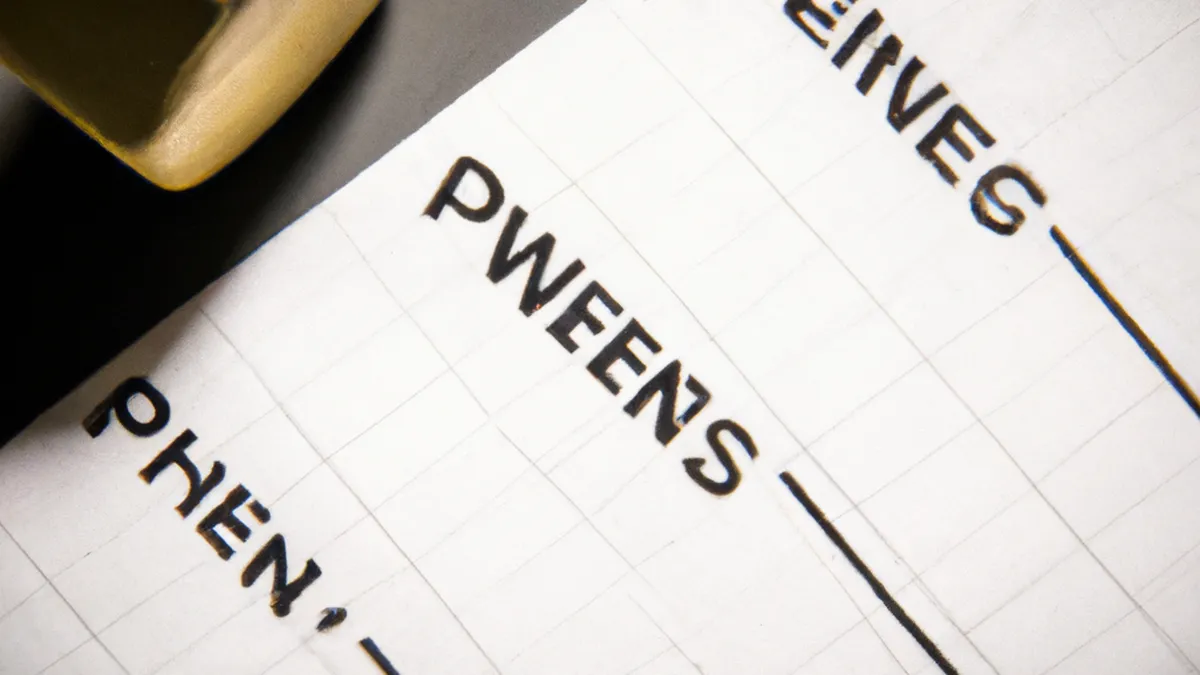Setting Powerful Goals for Strength Training
Strategies for Effective Goal-Setting in Powerlifting Training
Powerlifting requires focus, discipline, and clear goals. Effective goal-setting can enhance your performance and make training more rewarding. This blog post offers strategies for effective goal-setting in powerlifting. Let’s dive in!
Understand Your Current Level
Assess your abilities before setting goals. Knowing your current level helps you create realistic targets.
Track Your Lifts
Log your lifts consistently. Record the weights for squat, bench press, and deadlift. Use a training journal or app to monitor progress. A documented baseline helps you gauge improvements and adjust training.
Evaluate Your Technique
Evaluate your lifting technique. Film your lifts or ask a knowledgeable coach for feedback. Good technique prevents injuries and maximizes potential. Identify areas for improvement, such as squatting depth or bench press form.
Set SMART Goals
Establish your goals using the SMART framework. SMART stands for Specific, Measurable, Achievable, Relevant, and Time-bound.
Specific Goals
Be specific when setting goals. Instead of saying, “I want to lift more,” specify how much more. For example, state, “I want to increase my squat by 20 pounds within three months.”
Measurable Progress
Ensure your goals are measurable. Track your progress regularly to stay motivated. If your goal is to bench press 250 pounds, know your starting point and monitor improvements.
Achievable Targets
Set achievable goals. Aim high, but avoid unrealistic targets. If you currently bench press 200 pounds, don’t aim for 300 pounds in a month. Focus on steady improvements, like adding 5-10 pounds monthly.
Relevant Objectives
Align your goals with your overall training plan. If you intend to compete, focus on competition-specific goals. If training for fitness, aim for personal fitness goals.
Conclusion
Setting effective goals in powerlifting enhances your training experience. Follow these strategies to achieve your desired results.
Below are related products based on this post:
FAQ
What is the importance of understanding my current level before setting goals in powerlifting?
Understanding your current level is crucial as it helps you create realistic and achievable targets. By assessing your abilities, you can ensure that your goals are appropriate for your skill set, which can enhance your performance and prevent frustration.
What does the SMART framework stand for in goal-setting?
The SMART framework stands for Specific, Measurable, Achievable, Relevant, and Time-bound. This approach helps you define clear and actionable goals, ensuring that you can track your progress and stay motivated throughout your powerlifting journey.
How can I track my progress effectively in powerlifting?
You can track your progress effectively by consistently logging your lifts, including the weights for squat, bench press, and deadlift. Using a training journal or an app to document your workouts allows you to monitor improvements over time and adjust your training plan as needed.















Post Comment